Movie Review with Brandon Yechout – Happy Death Day
Though I’ve never actually watched “Scream,” I am quite a fan of Harold Ramis’ classic comedy “Groundhog Day.” I’ve seen “Happy Death Day” described as a blend of the two films, and having now seen the film for myself, I feel that’s a pretty reasonable comparison to make. It’s a fairly well-executed blend of comedy and horror, but even though it’s an interesting and enjoyable twist on the “Groundhog Day” formula, it may actually borrow too much from “Groundhog Day.” Before I elaborate, I’ll give you a rundown of the story.
The film’s concept, as I’ve said previously, is directly lifted from “Groundhog Day.” “Groundhog Day” is about a man who is inexplicably forced to relive the same day of his life over and over again, which causes him to re-evaluate his character as he gains new perspective on all of the things that he does that day, and all of the things that happen to him. “Happy Death Day” follows this structure pretty closely, though with an added twist. Instead of simply living the same mundane day over and over, the protagonist of “Happy Death Day,” called Tree, is forced to continuously relive a day wherein she is murdered by a masked killer. Using her mysterious new ability, she must discover the identity of and prevent the murderer from killing her in order to break the time loop.
The lead actress, Jessica Rothe, gives a vibrant performance as Tree that makes us excited to follow her through the film. The dialogue is well-written for this kind of film, and there was even some surprisingly nifty camera work on display throughout. One shot I found especially memorable shows Tree’s killer crashing a baseball bat against the side of her head, the camera following her face as she falls to the ground. The background of the shot, out of-focus, cross-dissolves into a bedroom, as she continues to fall and eventually sinks into a bed, restarting the time loop. There is also a chase sequence that takes place in a hospital towards the end of the film; the gliding camera and baroque angles seen here really drew me into the disorient that encompassed this scene.
An examination of the film’s writing beyond the dialogue, however, begins to reveal a disconcertingly large number of cracks in the ice. Firstly, the film is too predictable. It’s especially bad if you’ve seen “Groundhog Day;” tell me if this sounds familiar. An unlikeable, boorish character, is shown being rude to a number of other characters. There is an extensive scene towards the beginning of the film that focuses in on a lot of seemingly unimportant things; for instance, a car alarm goes off at a certain time, or somebody unexpectedly falls over. Then, their day begins repeating itself. They memorize these occurrences, and use them to convince a character they had initially treated poorly of what is happening to them. These two characters then develop a romantic interest in each other, which fully blossoms at the end of the film, as the curse is finally broken. Oh, and sometime before this, they also realize how terrible they have been to everybody, and there is an extensive scene wherein they go around being as nice as possible to everyone they had wronged.
Even excusing the fact that that is exactly what happens in “Groundhog Day,” I feel that, knowing the premise of the film, you would have been able to predict most of this stuff anyways. Why else would the camera be focusing in on all of these things happening around her in the opening? Any cognizant viewer would see scenes like this and would be able to easily predict the flow of the film within the first ten or twenty minutes. Everything that you think is going to happen surrounding these scenes happens, not even with an interesting or funny twist around most of it; I can only describe it as “tired.”
Of course, the film does involve a murder mystery, the thing that is supposed to set it apart from other films of this nature. At least I wasn’t able to guess who the killer was; though, unfortunately, I think the protagonist may have been a little too hasty in this regard. There is an absolutely baffling scene around the middle of the film, where Tree learns that a serial killer is currently being held at the campus hospital. Naturally, she immediately assumes that he is her killer. By this point in the film, it had already been made very clear that the killing was somehow connected to the fact that the day of her murder was her birthday. One of the characters even discusses this with her. Why, then, does she immediately assume that this man was her killer when he didn’t even know it was her birthday? The audience is given plenty of time to ponder this mind-bogglingly asinine decision, as the next fifteen to twenty minutes of the film follows Tree as she attempts to hunt down and kill the serial killer while he is still in the hospital. Surprise surprise, the serial killer is not actually her killer. As if the film thinks we’re stupid enough to ignore both the fact that he doesn’t know that it’s her birthday and the most painfully obvious murder mystery red herring imaginable: An actual serial killer. Now, granted, her hunt for the serial killer does lead to her uncovering information that reveals the identity of the true killer, but this was by no means the work or intent of the protagonist. She simply gets lucky.
In the scenario where she actually kills the serial killer, thinking him to be her killer, another moment of incomprehensible idiocy is brought to the forefront of the film. She holds a knife to a security guard’s throat, and tells him to give her his gun. He does this, and she tells him to go and get help. Help for what? Well, the audience knows that there is about to be a confrontation with the “presumed” (though I would hope nobody watching this film for the first time would actually presume this to be the case) killer. The guard doesn’t know this. She simply tells him that “he’s going to escape.” Does she specify who “he” is? Of course not. Even if she had, would the guard have even cared in that moment, with what he could have only assumed to be a stark-raving lunatic pointing a gun at his face? Likely not. So, the guard runs off, and she fights the “killer”. She does end up killing him, and the next scene is of her celebrating her birthday, thinking she has finally ended the loop. She doesn’t end the loop, of course, as he is not the true killer, but could you, for a moment, just imagine if he had been the killer? Her plan was to steal the security guard’s gun and shoot the serial killer character to death, Judge Dredd style? Well, the loop would have been broken, and she would have had the pleasure of living out the rest of her days in prison. Incredible.
There are also numerous moments throughout the film where she just hits the killer once, and then futilely attempts to escape the scene instead of finishing the killer off with the hammer or other object she just hit them with while they’re writhing around on the ground. Also, the true killer’s plan to cover up Tree’s murder is so convoluted and poorly thought-out that I highly doubt she would have gotten away with anything had she actually been successful in killing Tree in a non-looping scenario. The killer’s motive is weak and uninteresting as well; somewhat underwhelming given the extraordinary lengths they have gone to throughout the film to see Tree dead.
I suppose I had better stop myself, as this has already become my longest review by a considerable margin. To wrap things up, then, “Happy Death Day” does, honestly, get quite a lot right. Good characters, good dialogue, an enjoyable (if familiar) premise; it’s just a shame, really, that so many of the film’s merits have been utterly crippled by poor writing. Not poor writing in regards to the dialogue, mind you, but in regards to the actions and thought processes of the characters. I enjoyed the film as I was watching it, but the more I allowed myself to reflect on the film, the more frustrated I ultimately became with it. Brando’s rating? Two out of four stars.
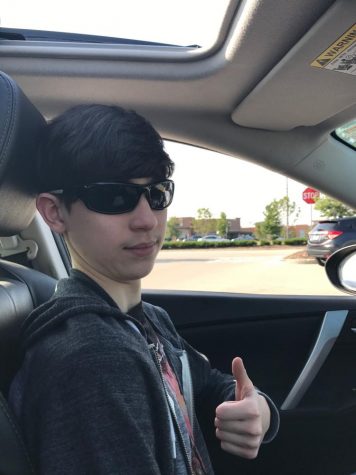
Brandon Yechout is a senior at Metea Valley and a perspectives writer for Metea Media. Though this is his first year on staff, Brandon has worked on The...


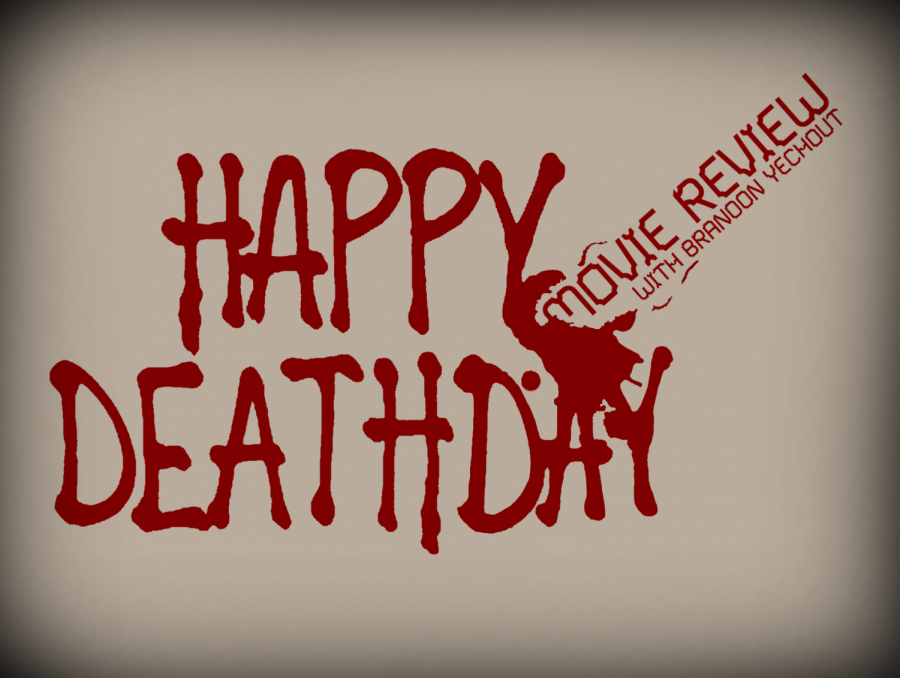
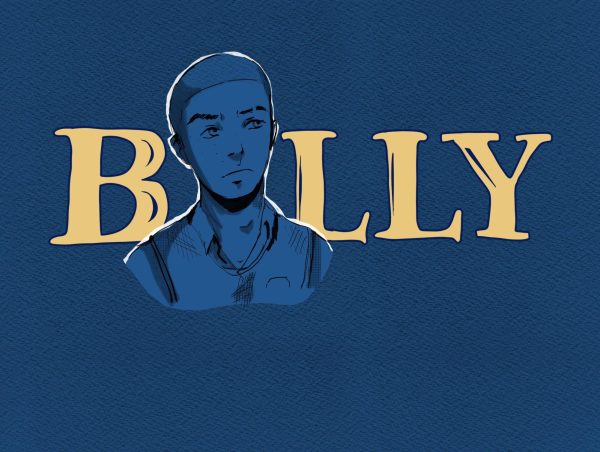
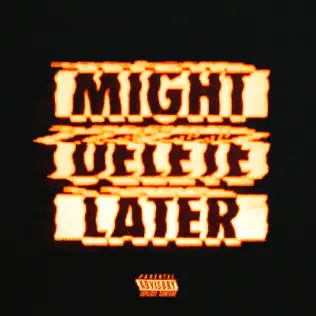


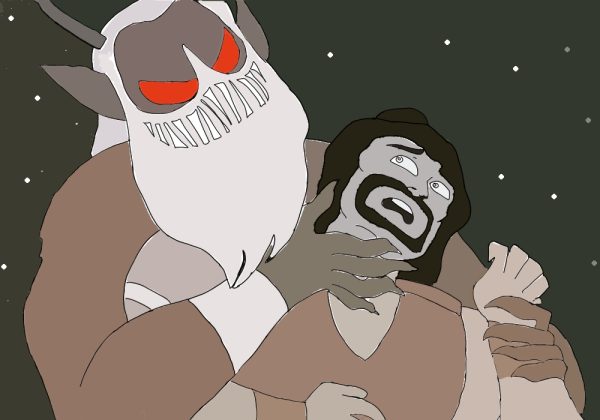
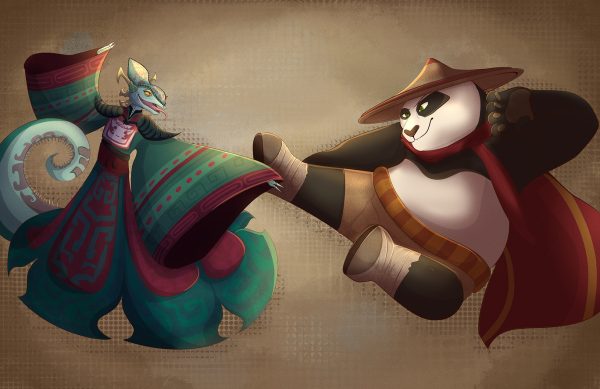
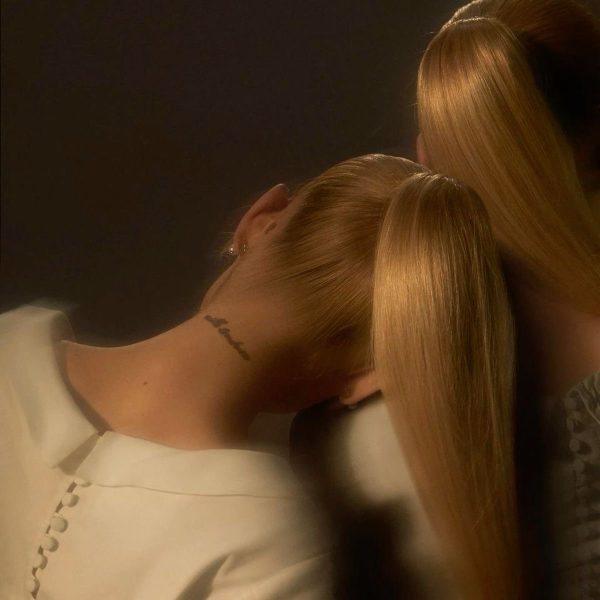


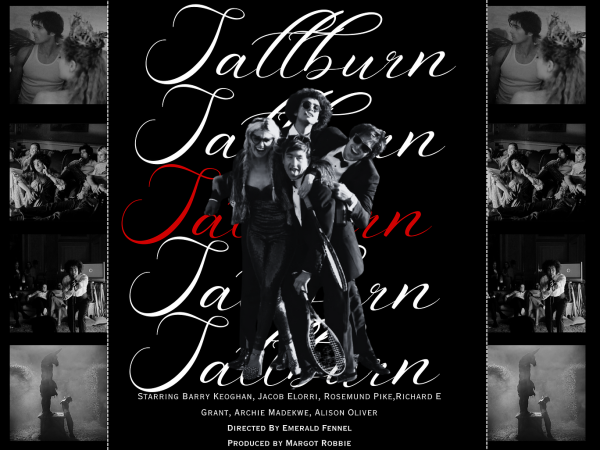
Brandon Fan • Oct 27, 2017 at 7:25 am
Day 374 without brandon: Quality review 14000/10 still miss him on the Mane
Chroma • Oct 26, 2017 at 9:10 pm
I don’t know much about this movie other then what has been said in this review, but I just have to say one thing. The killer’s design is absolutely laughable. Maybe the way they appear in the film is more intimidating, but the promotional material utterly fails to give them any real presence.
Anyways, good review Brandon Yechout, host of Movie Review with Brandon Yechout™.
Entertainment Interested Man • Oct 26, 2017 at 10:16 am
Keep this up I love it!